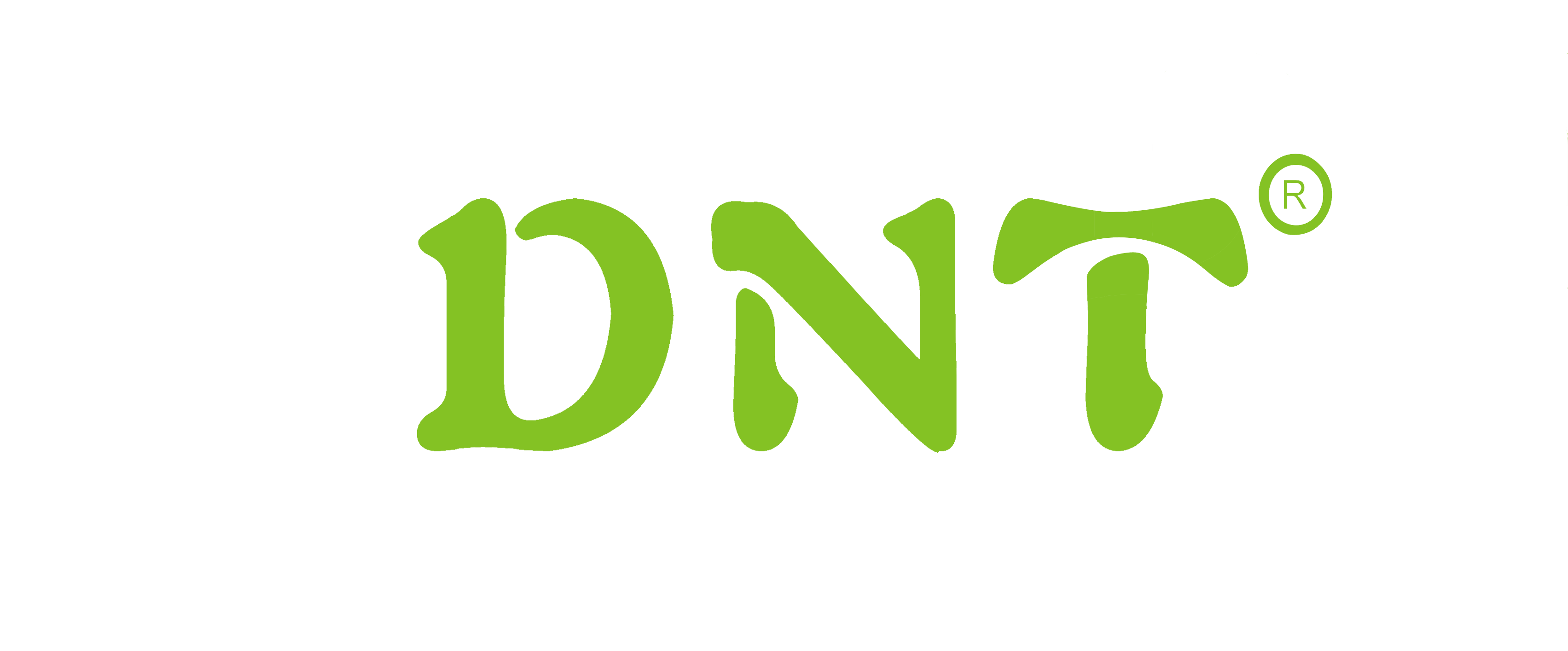Bearing Type
For ball bearings, the Conrad, or non-slot fill bearing is the most common, whose design dispenses with a filling slot and instead relies on displacing the inner race to load the balls and a cage to keep them evenly spaced. For roller bearings, bearing type requires a selection of roller type, be it cylindrical, tapered, spherical, etc. Mounted units require a type selection of ball, roller, or spherical, as well, and then an additional selection of style, as defined below. Linear bearing types range from ball bearing cages—essentially bare cages holding balls that are often used as die-post bushings—to recirculating ball designs where the balls roll linearly along the shaft and then return to their starting points through channels on the non-shaft sides of the bearings.
Style
This attribute applies solely to mounted units, where a distinction must be made between the housing for the bearing, among them the choice of pillow blocks, flanges, take-ups, etc.
Material
Material choice for ball and roller bearings is generally limited to a few specialty steel alloys, some plastics, occasionally ceramics, etc. while mounted units have more material choices owing to the additional materials available for housings.
Seal/Shield
Ball bearings exposed to the environment can be ordered with seals and/or shields where shields provide some protection of the bearing elements from dirt ingress with minimal added friction and seals provide shaft contacting lips that exclude moisture but do add to the friction on the bearing. Seals and shields can be added on both sides, either side, alone or in combination. The image to the right shows a radial bearing in cross section with shields on both sides.
Race
Ball bearings races fall generally into two designs: angular contact and radial. Angular contact bearings (image right) load the balls at angles to the perpendicular radial planes, whereas radial contact bearings (image above) load the balls through the perpendicular planes. Angular contact bearings are generally preferred where axial loading is a consideration. Deep groove bearings are commonly associated with radial contact bearings. Cup and cone bearings are common on bicycle wheels where the bearings are loosely packed between cones and the cones are adjusted for play.
Locating
Mounted pillow block units are classified as expandable and non-expandable and in situations where two are more pillow block bearings are installed for shaft support one will ordinarily be specified as non-expandable and the other as expandable which allows the bearing to accommodate slight growth of the shaft. Some units are configured to allow either option.
Maximum Static and Dynamic Loads
Bearing loading is based on static and dynamic values and the choice of which governs is a function of the operating conditions the bearing will see.

